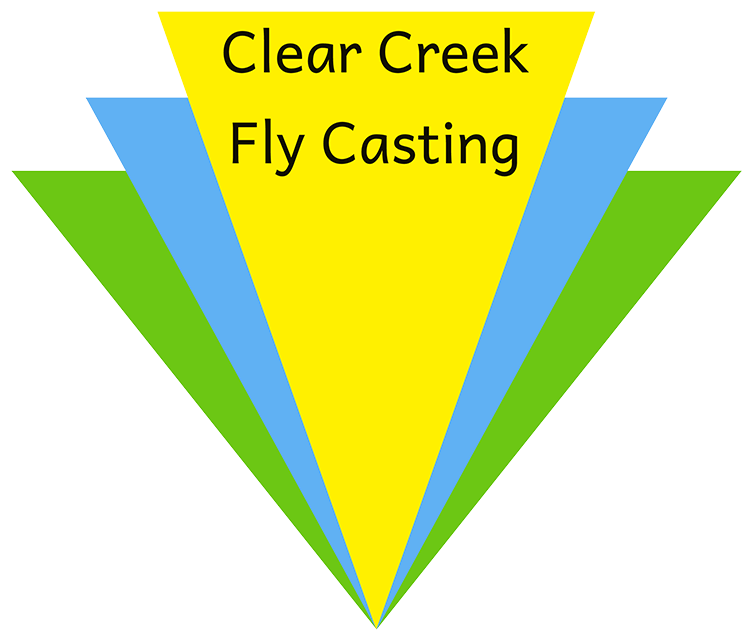

Hello Again Everyone,
My best wishes to everyone for a great and healthy New Year! I hope to see you on the river, at the fly shop, or maybe even for a lesson! It is shaping up to be a busy 2018 for me. Book now! I teach year round for all your fly casting and fishing needs.
I'm happy to introduce a new service of online booking soon. This will allow viewers to book and pay at the time they are looking at the website rather than hassle with the "back and forth" of contacting me---much more efficient. When online booking goes live, there will be a an updated website with my new logo!
UPCOMING EVENTS AND INFORMATION
January 5-7, 2018: Free casting consultations and free beginner casting lessons will be offered at the Fly Fishers International booth each day at the show. I and a group of other certified casting instructors will be there!
February 10, 2018: TU West Denver Fly Tying Show: I'll be present again with some demonstrations and free casting consultations as well as a discussion about designing and tying your own leaders. Hope to see you at the Jefferson County Fairgrounds!
April 7-8, 2018: Western Colorado Outdoor and Sportsman Expo, Eagle County Fairgrounds, Eagle, CO: This is a new show this year! I will be sharing a booth with Jeff Powles of FishOn Colorado, a great local guiding company. Stop by and see us and all the other vendors!
April 28-29, 2018: The Fly Fishing Rendezvous, Jefferson County Fairgrounds: Clear Creek Fly Casting will be present again along with the rest of the Fly Fishers International crew for casting demonstrations and fly fishing instruction. At the booth inside the show hall, FFI members will be present to help teach beginners about knots and bugs.
Create your own event: I love teaching groups! Put together a presentation or clinic for your group! It can be a fishing group or a group of interested people that don't fish yet! I can help you tailor instruction to your group's needs. Contact jonathan@clearcreekflycasting.com.
SLACK: The good, the bad, and the ugly
The good...
The bad...
The ugly...
ASK THE INSTRUCTOR
The answer to this often asked question is: it depends. It has become a complicated question because of all the choices out there. Here are some issues to consider and strategies that should help. As always, I'm available to answer more specific questions should you have them at jonathan@clearcreekflycasting.com Also, I have a library of 5 wt. trout lines that you are welcome to try---just schedule some time!
Question #1: what will I use the line for? This is a critical question. Line choice for a 3 wt. dry fly rod may be different than a general purpose line or a line for weighted nymphs and streamers. If your desire is a general purpose line, there are a number of those out there.
Question #2: what kind of fishing do I do most often? This is not exactly the same question as #1. Many of us revert to what we know, especially in times of stress (i.e., slow fishing). So you might find yourself trying to sling nymphs with that 3 wt. dry fly rod because the fish are not looking up. In that case, you might be better served with a 3 wt. general purpose line than one with a long fine taper. Remember: 90% of presentation is the caster's responsibility, it's far less dependent on the tackle.
Question #3: what kind of casts will I perform with this line? Some lines roll cast better, some are better for distance, some better for short casts. Pay attention to head length, head profile and the line weight in grains; these are located on the back of the box. Many lines are over weighted now. For example, the Rio Grand 5 wt. is actually a 6 wt. by tackle manufacturer's (AFFTA) standards.
Here are some strategies:
Looking for past newsletters? Here you go: